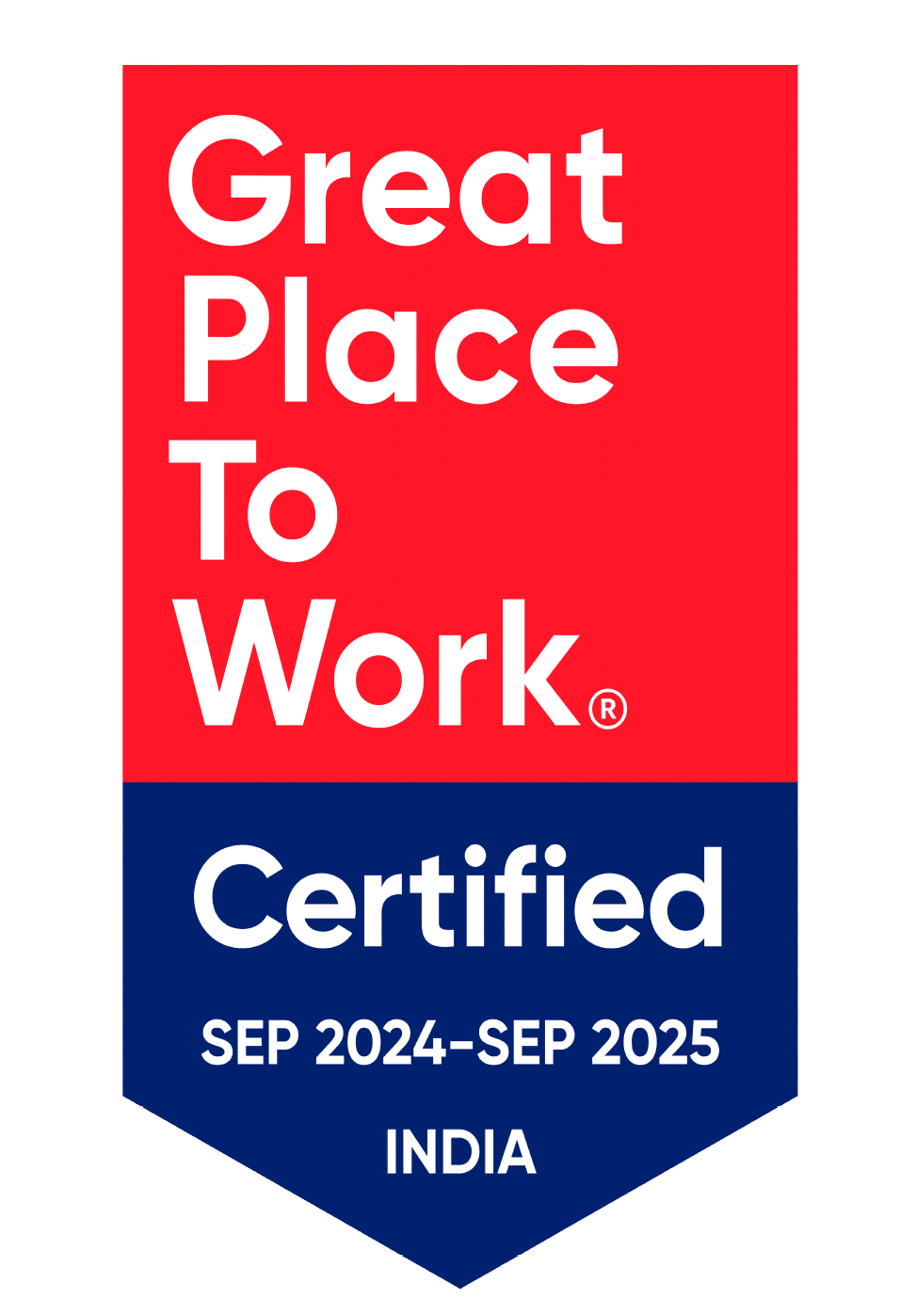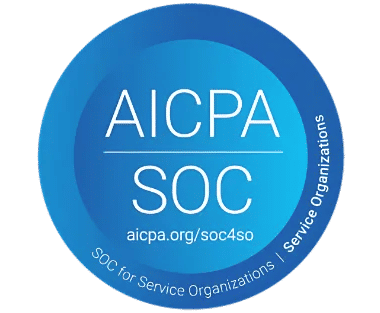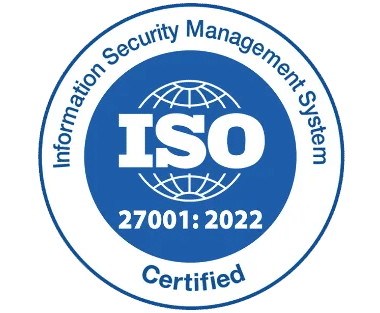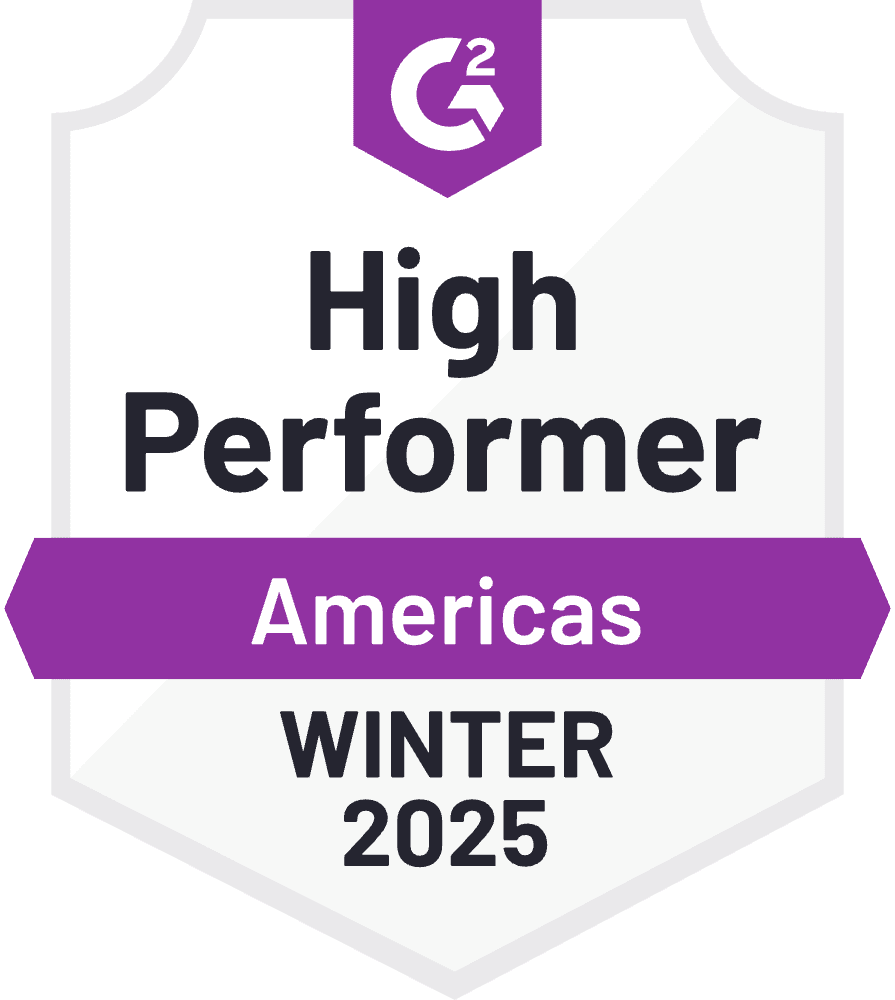
Let’s be honest—HR is juggling more than ever. From onboarding to exit interviews, culture-building to compliance checks, HR teams are stretched thin. Now throw in a hybrid workforce, multiple locations, and a sea of names, emails, and job titles. It’s chaos. Relying on outdated spreadsheets or static org charts? That’s like trying to run a marathon in flip-flops.
✨
Quick Read
Summary generated by AI, reviewed for accuracy.
What Is an Employee Directory Application?
An employee directory application is like your company’s digital who’s who—but way smarter. It is a centralized, searchable database that stores essential employee information such as names, job titles, departments, contact details, office locations, reporting managers, and even profile photos or skills. Think of it as a supercharged version of your old Excel sheet, only interactive, dynamic, and always up to date.
What makes it different from a plain contact list? It’s connected to your HR or identity systems, automatically pulling real-time updates whenever someone joins, changes roles, or exits. That means HR does not have to manually update files or send out monthly “who’s new” emails.
Today’s employee directory apps often include advanced filters, skill tags, org chart views, and even mobile access—making it ridiculously easy to find who you need, when you need them. Whether you are onboarding new hires, planning project teams, or just trying to remember who handles IT support in the Denver office, this app has your back.
Core Benefits for HR: Work Smarter, Not Harder
Lightning-Fast Search & Communication
Let’s face it—HR folks do not have time to go hunting for contact info buried in outdated files or pinging three people to ask, “Who’s the new guy in marketing?” With an employee directory app, HR gets instant answers. Whether you are searching by name, job title, department, skill, or location, you get what you need in seconds.
This saves serious time. According to McKinsey, knowledge workers lose nearly 1.8 hours per day just searching for information. For HR, that’s time lost chasing emails, hunting for extension numbers, or verifying reporting lines. A good directory app becomes your go-to source of truth.
Plus, many apps are integrated with communication tools like Microsoft Teams or Outlook. One click, and you are on a call or sending a message. That makes HR’s job smoother—less “back-and-forth,” more action. Whether you need to reach a manager, find someone for a quick policy update, or check who’s in charge of a new hire’s onboarding—it is all right there. Fast. Efficient. Done.
Seamless Integration Across Tools
An employee directory is powerful on its own—but when it integrates with your HRIS, identity management, email clients, calendars, and collaboration tools, it becomes a game-changer. HR teams are often juggling a stack of systems—one for payroll, another for leave tracking, another for internal comms. With integration, that tech chaos turns into a smooth, connected workflow.
Modern employee directory applications sync directly with platforms like Microsoft 365 or Google Workspace. That means when someone updates their job title in your HRMS, it reflects instantly in the directory. When a new hire is added, their profile appears automatically—no double entry, no errors.
For HR, this means no more logging into five different systems just to update one profile. It cuts down on administrative tasks, reduces data inconsistencies, and makes sure that everyone across the company is operating with the same up-to-date info.
It is not just about convenience—it is about reducing tech fatigue. Your HR team deserves tools that talk to each other. And when they do, everything from onboarding to internal communication becomes a whole lot easier. Integration is not a luxury anymore—it is survival.
Onboarding Made Quick & Friendly
New employee joining? Great! But now comes the onboarding maze—introductions, role clarity, reporting lines, access to team details. Without a digital directory, this turns into a chaotic game of “Guess Who.” That’s frustrating for the new hire and stressful for HR.
An employee directory app changes the game. The moment someone joins, they get access to a complete, searchable directory of their coworkers. They can see who is on their team, who they will be reporting to, who handles what, and even where people are located. Many apps even include fun details—profile photos, work anniversaries, and hobbies—to ease cultural onboarding.
This gives new hires the power to navigate the organization on their own terms—no need to wait for HR to set up every intro. It makes their first days smoother, their confidence stronger, and the onboarding experience more human.
For HR, this means fewer questions, fewer emails, and fewer gaps in handholding. You build a welcoming environment without doing everything manually. Bottom line? A good employee directory helps turn first-week anxiety into confident action—and that’s a win for everyone.
Discover Expertise: Skills & Teams
Every organization has hidden talent, but HR often struggles to find the right people for projects, mentoring, or cross-functional teams. You might have a cybersecurity expert sitting quietly in marketing—or a bilingual project manager in the customer success team. A modern employee directory app helps surface this expertise.
By allowing employees to list their skills, certifications, languages, and project experience, the directory becomes a talent map. HR teams can search for specific competencies and instantly get a list of matching employees, along with their location, availability, and reporting line. No more guessing. No more interrupting managers to find out who knows what.
This is especially useful for assembling agile teams, rolling out training programs, or identifying potential successors for key roles. It promotes internal mobility, supports diversity initiatives, and ensures that opportunities are given based on capability—not just visibility.
Plus, employees feel seen. When their skills are searchable and valued, they are more likely to engage and grow. That’s not just smart—it’s how modern HR builds trust and opportunity at scale.
Reducing Admin & Data Errors
Manual updates and scattered spreadsheets are a recipe for disaster. HR teams often find themselves fixing typos, double-checking titles, or chasing down managers for confirmation. All that eats away at time, energy, and focus. But with a directory app that syncs with your HRIS or Active Directory, the risk of human error drops drastically.
Once integrated, the app pulls employee data directly from the source—automatically updating profiles as changes happen. That means promotions, role shifts, department moves, or exits are all reflected in real-time. No more “Oops, I didn’t know she moved to Sales two months ago.”
Some platforms even offer self-service features, allowing employees to update their photos or non-sensitive fields (like interests or bios). HR stays in control, but without having to babysit every single change.
Accurate data builds credibility. It keeps reporting lines clean, helps with audits, and ensures that internal communications go to the right people. In short, it frees HR to do what they do best—manage people, not paperwork.
Security, Compliance & Access Control
When it comes to employee data, security is not optional—it is critical. HR deals with sensitive information: job roles, contact details, departments, sometimes even birth dates or ID numbers. A professional-grade employee directory app helps HR maintain control over who sees what.
These platforms come with role-based access controls—so a manager might see more details than a regular employee, but not everything. Custom permissions allow HR to control visibility at the field level. That way, personal details are protected while still making the directory functional and accessible.
Additionally, most reputable apps are compliant with key regulations like GDPR, HIPAA, or SOC2, offering encrypted storage, data retention policies, and secure audit trails. That makes life a whole lot easier during compliance checks, internal audits, or legal reviews.
HR teams also benefit from having a single source of truth for employee records. No more “he said, she said” chaos—just clean, secure, traceable data that protects both the company and its people. So yes, it is about convenience—but it is also about doing things right.
Skeptical Checks: What to Watch For
Let’s be real—no tool is magical. Here’s what HR leaders should watch:
- Data accuracy: If initial data is garbage, directory output is garbage. Must plan onboarding of accurate info.
- Privacy perimeter creep: Too much internal data can feel invasive. Balance visibility with respect.
- Integration effort: Initial setup with HRMS, identity provider, calendar tools takes work.
- Over‑customization: Too many fields or profiles slow load times and cause clutter. Stick with essentials.
- User adoption: If staff don’t update their profiles, the directory becomes stale. HR must promote usage.
Feature Checklist for HR‑Ready Directory Apps
When your HR team shops for a directory app, look for:
- Auto-sync with HRIS / payroll / identity sources
- Search by name, department, skills, location
- Org chart visuals, reporting lines
- Self-service editing and approvals
- Role-based access, field permissions, audit logs
- Integration with email/calendar/VoIP apps
- Mobile access and offline mode
- Skills tagging and custom field support
- Analytics dashboards
- Security compliance like GDPR, SOC2, ISO certifications
Conclusion
HR is not meant to be a data-entry factory. Your team should focus on culture, compliance, retention, and talent—not chasing spreadsheets. Employee Directory 365 gives you speed, clarity, and reliable access to updated employee info. It reduces admin work, centralizes people data, and keeps your team connected. Still using static docs and email chains? It is time to upgrade. Request a demo of Employee Directory 365, explore its smart sync, search, and access features, and make it the backbone of your modern HR workflow. Ready to work smarter, not harder?
Join Our Creative Community
Frequently Asked Questions
What is the purpose of an employee directory application?
An employee directory application helps organize and display key employee details like names, roles, departments, contact info, and reporting managers in one easy-to-access system. It improves communication, team collaboration, and internal visibility.
How is an employee directory different from an org chart?
An org chart shows reporting hierarchy and structure. An employee directory, on the other hand, provides searchable, detailed profiles with contact info, skills, team members, and more. Many modern apps offer both.
Can small businesses use employee directory apps too?
Absolutely! Small businesses can benefit even more—saving time, reducing admin, and creating a more connected and professional environment as they grow.
Do employee directory apps integrate with Microsoft 365 or Google Workspace?
Yes. Most modern apps integrate with platforms like Microsoft 365, Outlook, Teams, Google Workspace, Slack, and HRIS systems. This helps keep employee data synced and updated automatically.
Is employee data safe in directory applications?
Reputable apps use encryption, access control, and compliance standards like GDPR or SOC2 to protect sensitive employee information. Always check the security certifications before choosing a tool.
How does an employee directory help with onboarding?
It helps new hires quickly learn about team structures, roles, and reporting lines—reducing confusion and making the onboarding process more engaging and less overwhelming.
Can employees update their own profiles?
Many apps allow self-service options where employees can update basic details like photos, bios, and skills. HR controls what can be edited and who sees what.
Will using a directory reduce HR’s workload?
Yes. HR teams no longer have to manually manage org charts, answer “who handles what” queries, or chase down contact details. It frees up time for more strategic work.
Can we include remote employees and global teams in the directory?
Definitely. Employee directory apps support remote and distributed teams by listing time zones, locations, and availability to encourage smarter communication and coordination.
What features should I look for in a directory app?
Look for:
- HRMS/HRIS integration
- Org charts
- Search by name, skill, department
- Self-service profile updates
- Role-based access control
- Mobile access
- Analytics and reporting tools


_eH2jDg7dZ.png)


_JiluXJRGNl.svg)




_svxLrd-8yH.png)

_2VYSFUTN5m.png)
_2djTKNocf.png)





_Rapo0hRMBy.png)


























